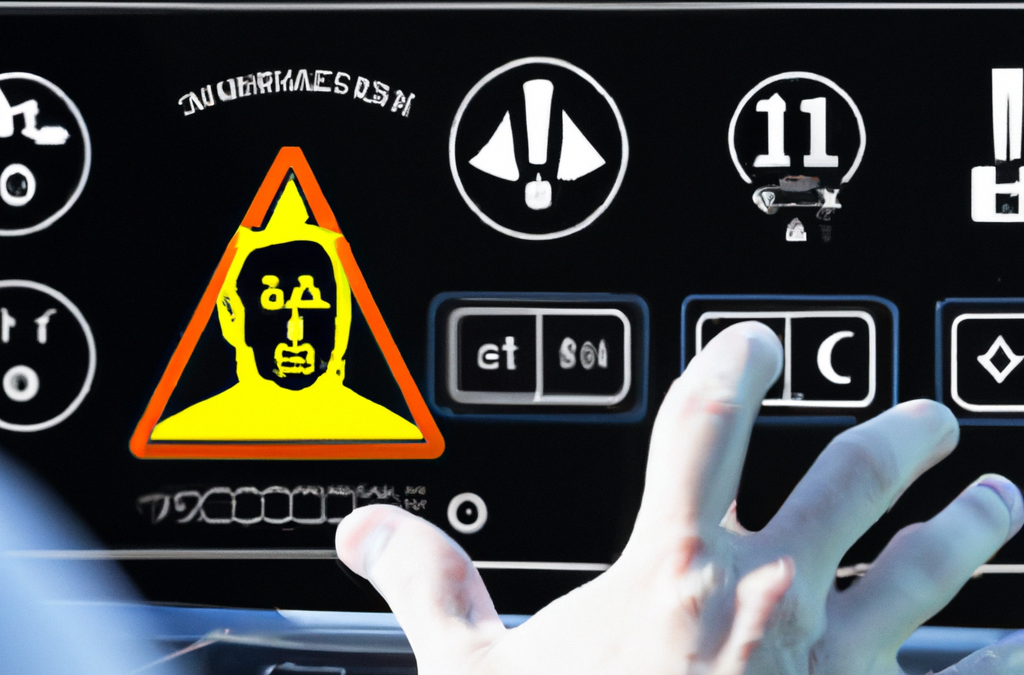There’s no question that touchscreens are great for smartphones and tablets. But when it comes to cars, they’re not relatively as safe or easy to use.
A new study from the University of California San Diego finds that car buttons are safer and easier to use than touchscreens. It turns out that slapping a giant iPad onto your dashboard isn’t an ideal way to control your car.
The researchers conducted two studies: one that involved having participants drive a car simulator using either a touchscreen or physical buttons and another where participants used both interfaces while driving real cars on a highway. The results showed that participants were likelier to crash when using the touchscreen than when using buttons.
This seems to be because of distraction—people who used the touchscreen interface were more likely to get distracted by other things happening in their environment, like looking at their phones or checking their mirrors. And because there is so much information available in our cars these days (GPS systems, infotainment systems), it can be difficult for drivers to keep track of everything around them while also focusing on what’s happening on screen. The researchers also found that the touchscreen interface was more confusing to use than the buttons.
When using a touchscreen, drivers had to swipe their fingers across the screen to get where they wanted to go. This led many participants, in addition to the distraction factor, there are also some safety concerns with touchscreens. For example, they can be harder to use while driving than physical buttons—people must take their eyes off the road and look down at the screen to operate it.
This is especially problematic when drivers need to enter information like street names or addresses into a GPS; doing so requires them to look at the screen and type on it using either voice recognition software or a keyboard that appears onscreen.
The results also showed that people who used the touchscreen interface were more likely to crash than those who didn’t. But, again, this seems to be because of distraction—people who used the touchscreen interface were more likely to get distracted by other things happening in their environment, like looking at their phones or checking their mirrors. And because there is so much information available in our cars these days (GPS systems, infotainment systems), it can be difficult for drivers to keep track of everything around them while also focusing on what’s happening on screen.


